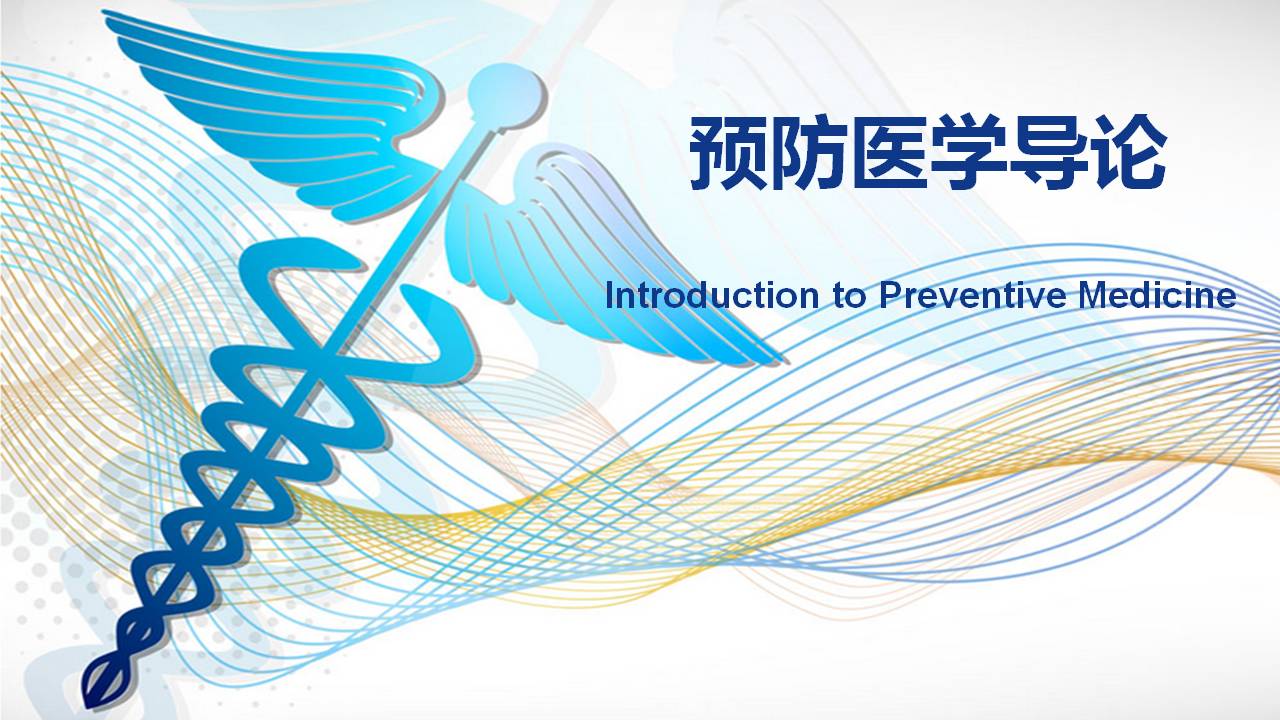
当前课程知识点:Methodology of Scientific Research > Lecture 9 Academic Conference and Report Preparation > Section 9.3 Main Points, Syntax and Summary of Academic Reports > 9.3.2 Exercise before Reporting
返回《Methodology of Scientific Research》慕课在线视频课程列表
返回《Methodology of Scientific Research》慕课在线视频列表
会议的第3点就是在做报告之前有个讲前的
演练
讲钱的演练是很重要的
他对于报告的成功关系是非常大的
我们经常说台上一分钟
台下十年功
别看我们台上短短的几十分钟的报告
在台下是要做很多功夫的
那么前面的练习要把握住哪些呢
时间和你所做的PPT要对应
给你的会议通知上说
10分钟
那么你基本上9分半钟要讲完
另外一个要把握节奏的快和慢
这个是跟一些重点内容是有关系的
我有一些内容是可以很快的跳过去的
有些内容我是需要重点讲述的
就是说同一页
PPT讲的时间并不能相同
有时候可能在讲的时候
某些地方讲的时间多一点
那么你后面的节奏就要适当的加快一点
要不断的调整
做报告
在演练的时候还要注意
神态要自然放松
要和观众有互相交流
你可以假想我下面有一些观众
我怎么跟他进行交流
眼神的交流
表情的交流
还要把握住完整性
就是说在给定的时间内
我一定要讲完
要切记 PPT没有讲完整这种情况
而这一个实际上在我们的前期的演练准备的
时候
是可以准备到位的
还有一点
在讲钱演练的时候
一个好处就是你可以根据你试讲的情况
时间长短
对内容的把握等等
知道对这个PPT是不是需要进行修改
有可能仅仅是一点错别字
字体的大小
颜色等等方面的小的修改
也有可能是大的修改
因为你讲的过程当中发现我这地方逻辑体系
是不是有点问题
前后的呼应也许那样更好
在做讲前演练的时候
还要有一点叫预测
预测什么呢
我虽然演练得很好
但是在做正式报告的时候
也许可能会有一些演讲的差错
怎么来处置
也许可能会有一些意外的事件
比如话筒出了问题
又比如别人提一些问题
甚至于在中间会打断来提问
还有在你前面的人
时间超时的
或者超时的比较多
到你这个时候怎么办
或者主持人说
前面的超市太多了
跟您商量
您能不能少讲两分钟
你得考虑一下
如果给我少讲两分钟
往哪些地方要简略
要少讲
好
现在我自己在家里或者是到了宾馆里
在做报告之前的一天
我把都准备好了
那么我就满怀信心到会上去准备做报告了
比如说我今天的报告是安排在
今天的下午230
下午的会议的时间是200开始
最好你在150就要到场
先要搞清楚
你做报告的地点
时间
再次确认一下
做报告时间的时长
要和主持人以及会场的志愿者进行沟通
为什么说要再次确认这个时长
因为有时候可能会有人特别希望能够在做一个
报告
征得主持人的同意
又往里面加了一个报告
另外一种更可能常见的情况是一位或者几位
在和你同一个时间段做报告的
有那么一两个人没有来
这时候有可能会把你的报告的时间往提前或者
是往后都有可能
或者报告的时间
整个的时段
也可能增加或者压缩
所以你必须要提前到会场
和主持人进行沟通
然后提前到会场
还有一个目的就是要把你做的会议的PPT
拷贝到大会所提供的计算机里面去
如果大会没有提供计算机
值
要求你自己携带计算机
那么你需要把计算机和他的一些投影设备连接
起来
进行调试
看一看整个的兼容性
你的 PPT的里面的图形
表格
文字
甚至影响效果
那么在计算机上或者在设备上
能不能很好的体现出来
前面的工作准备好了
到了轮到你的时候
你就开始做正式的会议报告了
在报告的时候
实际上就要求跟我们前面是讲的一样
在陈述的时候要有逻辑性
对于整个结构要具有条理
要有尽可能多的可视材料
语言不要啰嗦
要简洁
极致
要自然
大方
得体
张弛有度
在会上作报告的时候
一般来说开场会有一个开场白
138generally speaking, there will be an opening speech at the opening
00:05:45,650 --> 00:05:49,480
这个开场白一般来说并不会写在PPT里面
我们后面会议国际会议来做例子
跟大家讲一些具体的在国际会议上的英文的
开场白
以及包括一些导言
具体的句法
最后结论
还有致谢
一般的会议论文
只要时间允许
都会有
提问环节这样方便双方之间的交流
报告之后主持人会问与会者有没有问题
这时候一般来说
做报告的人对你的报告内容是相当熟悉的
会对提问的问题会应付自如
但是有时候也不排除听报告的人没有完全听
明白
甚至于他问的问题
做报告的人也不同
这时候也没有关系
我们要能正确回答的
要正确的准确的回答
有的时候不能回答的
我们可以说我们会后再来进行交流
在回答问题的时候要注意到
要认真
要谦逊
要有礼貌
-Section 1.1 Basic Concepts of Scientific Research
--1.1.1 Basic Concepts of Research
-Section 1.2 General Procedure of Scientific Research
--1.2.3 Process of Natural Science
--1.2.4 Process of Social Science
--1.2.5 Process of Technologial Science
-Section 1.3 How to Prepare for Scientific Research
--1.3.1 Motivation of Research
-Test-Lecture #1
-Section 2.1 Types and Sources of Research Project
-Section 2.2 Principles and Methods of Topic Selection
--2.2.1 Principle of Topic Selection
--2.2.2 Methods of Topic Selection
--2.2.3 Procedure and Strategy of Topic Selection
-Section 2.3 Information Collection of Project
--2.3.1 Type, Collection and Search of Information
-Test-Lecture #2
-Section 3.1 Typical Research Methods
--3.1.1 Level of Research Method
--3.1.2 Concept of Research Method
--3.1.3 Typical Research Methods
-Section 3.2 Typical Thinking Modes
--3.2.1 Thinking and its Characteristics
--3.2.2 General Innovative Thinking
--3.2.3 Typical Thinking Modes
-Section 3.3 Analysis of Research Cases
--3.3.1 Question Description and Concept
--3.3.2 Three-Level Theory of Problem
--3.3.3 Train of Question Consciousness
-Test-Lecture #3
-Section 4.1 Research-oriented Scientific Design
--4.1.1 General Scientific Design
--4.1.3 Example of Research Design
--4.1.4 Other kinds of Research Design
-Section 4.2 Experimental Scientific Research Design
--4.2.4 Example of Experimental Design
-Section 4.3 Application-oriented Scientific Design
--4.3.1 Basic Concepts and Significance
--4.3.3 Example of Applied Design
--4.3.4 Train of Research Skills
-Test-Lecture #4
-Section 5.1 Initial Entry into the Research Group
--5.1.2 Consider Research Outline
-Section 5.2 Analysis of Scientific Research Cases
--5.2.1 Example of Correct Topic Selection
--5.2.2 Example of Team Cooperation
--5.2.3 Test of Non-invasive PDM
-Section 5.3 Research-based Learning and Research
--5.3.1 Overview of Research Learning
--5.3.2 Research-based Learning
--5.3.3 Research Train for Undergraduates
-Test-Lecture #5
-Section 6.1 Scientific Research Strategy and Tactics
--6.1.1 Strategy in Research Work
--6.1.2 Tactics in Research Work
--6.1.3 Research Group and Management
-Section 6.2 Scientific Research Tactful Operation
--6.2.3 Typical Research Planning
-Section 6.3 Discrimination of Research Obstruction
--6.3.2 Origin of Research Obstruction
--6.3.3 Case of Research Obstruction
--6.3.4 Strategy to Remove Obstruction
-Test-Lecture #6
-Section 7.1 Research Papers and Writing
--7.1.2 Writing Research Paper
-Section 7.2 Rules for Submission and Publication
--7.2.1 Preparing for Contribution
--7.2.2 Process of Publication
--7.2.3 Strategy of Contribution
-Section 7.3 Examples and Analysis of Paper
--7.3.1 Basic Structure of Paper
--7.3.3 Introduction, Main Content and Conclusion
-Test-Lecture #7
-Section 8.1 Introduction of Invention and Creation
--8.1.1 Generality of Invention
--8.1.2 Principle of Invention
--8.1.3 Risk and Protection of Invention
-Section 8.2 Patent Types and Applications
--8.2.1 Characteristics and Types of Patent
--8.2.3 Process of Applying Patent
-Section 8.3 Patent Examples and Analysis
--8.3.1 Example of Invention Patent
--8.3.2 Example of Utility Model Patent
--8.3.3 Example of Design Patent
-Test-Lecture #8
-Section 9.1 Characteristics, Types and Titles of Academic Conferences
--9.1.1 Characteristisc of Academic Conference
--9.1.2 Types of Academic Conference
--9.1.3 Title of Academic Conference
-Section 9.2 Basic Elements and Report Types of Academic Conferences
--9.2.1 Basic Elements of Conference
--9.2.2 Types of Conference Report
-Section 9.3 Main Points, Syntax and Summary of Academic Reports
--9.3.1 Writing and Accepting Conference Paper
--9.3.2 Exercise before Reporting
-Test-Lecture #9
-Section 10.1 Character and Type of Researcher
--10.1.1 Basic Moral of Researcher
--10.1.2 Moral Outlook of Researcher
--10.1.3 Talent Type and Innovative Quality
-Section 10.2 Research Ethics and Academic Norms
--10.2.1 Generality of Research Morality
--10.2.3 Monitoring Measure of Research
-Section 10.3 Research Relationship and Incentive Mechanism
--10.3.1 Generality of Research Relation
--10.3.2 Typical Research Relation
--10.3.3 Research Incentive System
-Test-Lecture #10

